
VHS Revival revels in Robert Zemickis’ intricate nostalgia trip
Nostalgia is a very powerful emotion. In recent years it has become a billion-dollar industry thanks to the Stranger Things-inspired 80s revival and a seemingly endless train of reboots designed to tap into our affection for bygone eras, but back in 1985 its use was rather less calculated. When director Robert Zemeckis released Back to the Future that same year, thirtysomethings were busy reminiscing about the 1950s, a decade when rock n’ roll sparked a rebellious streak in teenagers across America.
A time-travelling ode to 50s culture, Back to the Future proved something of a misleading title to kids expecting something wildly futuristic. It was actually a clever play on words, a title that referred to Doc and Marty’s frenetic attempts to make it back to the 1980s to save the former from a plutonium-related shooting in a thrilling scene that, thanks to some clever editing and the film’s playfully intricate plot, we would get to experience twice. As a five-year-old, I found the film’s title rather baffling. It was that word ‘Future’, a colossal prospect in the mind of a child, not least because there is so much of it still ahead.
Before renting Back to the Future, staring in awe at one of the most iconic posters of the decade, many questions raced through my mind. What will people wear in the future? Will there be gadgets that make James Bond look positively archaic? Will there be creatures from outer space? The movie seemed to answer none of those questions. Only years later did I realise that it kinda did; not by giving us a glimpse into the actual future, but by having generations marvel at the ‘futuristic’ habits of their 80s intruders. It was perfectly reasonable for a child of the 50s to mistake Van Halen’s guitar solos for the brain-melting implements of an alien species. And yes, sleeveless bomber jackets do look like life preservers when you actually think about it. If in 1955 someone had told you that western star Ronald Reagan would have gone on to become the president of the United States, would you have believed it? In hindsight, referencing the past to explore a quasi-future was an ingenious move, and one of the main reasons why the film still holds up so well.

Then came Back to the Future Part II — a truly momentous event in my childhood. I remember seeing it at a theatre while on holiday, and at the risk of underselling that particular vacation I can categorically say that it was the highlight of my trip. The fact that it would take almost five years to come to fruition sounds crazy in today’s franchise-obsessed climate, but there was a time when Zemeckis would have scoffed at the very idea of a Back to the Future sequel. In fact, it was something of a minor miracle that we got a Back to the Future at all.
Where we’re going, we don’t need roads.
Doctor Emmet Brown
Originally submitted in 1981, the screenplay for the first instalment of the hit franchise was passed around with commercial apathy, its sweet tale of romance and redemption an ill fit for the raunchy, misogynistic comedies of the early part of the decade. Almost four years later the movie was finally snapped up by none other than Steven Spielberg, whose ‘kids in peril’ formula would dominate the 80s adventure genre, the super director lending his name, and particular set of skills, to tween favourites such as Joe Dante’s Gremlins and Richard Donner’s The Goonies. Once Robert Zemeckis’ breathtakingly innovative Back to the Future hit theatres, it wasn’t long before Universal was knocking down their door for a continuation of Doc and Marty’s money-spinning adventure.
Zemeckis was on board as long as his two headline actors were. Once they accepted, most of the remaining cast jumped at the opportunity to be reunited, though there were exceptions. Crispin Glover, who had been a revelation as wimpy McFly patriarch George, would back out following what Zemeckis described as financial demands that were “way out of line for an actor of Crispin’s stature at that stage in his career”, a decision that led to a creative and commercial slump for the prodigious actor. Glover, renown for his unique nature and unpredictable antics, was one of the original movie’s stand-out performers. His absence was considered a big blow initially. Back to the Future was about family. Replacing the actor outright, without a care for audience investment, would have smacked of daytime soap opera, and writing the McFly patriarch out of a movie with multiple timelines would have proven impossible, or at the very least desperate.

More continuity issues arose when actress Claudia Wells, who played Marty’s girlfriend Jennifer Parker in Back to the Future, was forced to leave the business due to unfortunate family circumstances. Wells would be replaced by The Karate Kid‘s Elisabeth Shue, which was far from ideal but less problematic due to the character’s role in the first movie, which, in terms of onscreen participation, proved so peripheral that few noticed her absence, particularly given the four year gap between instalments.
If anything, the more recognisable Shue, who was also a more experienced actress by 1989, despite skipping The Karate Kid Part II and taking a leave of absence to pursue education, was a marked improvement on her predecessor, her comic energy far more in-keeping with the Back to the Future formula. Glover’s omission was a different story, but ingenious methods were implemented to make the movie a reality. Scenes that did feature George disguised the identity of his replacement, Jeffrey Weissman, with heavy prosthetics and skewed shots of him floating upside down to obscure the viewer’s visual perception. It worked a treat in covering for the absence of an actor whose performance in the first movie was unmistakable.
Back to the Future Part II is a resourceful sequel on the whole, once again promising a futuristic landscape seeped in technological spectacle, but embracing a deft and audacious formula that made the film seem more authentic and less likely to fall of the cliffs of obsolescence. Zemeckis once again called on that old friend nostalgia. At the time, a sequel promised us the chance to see some of the future speculations that were teased yet ultimately unnecessary in the first movie, and when the famous To Be Continued… teaser appeared on the original movie’s VHS release, the punctuation mark on Dr. Emmett Brown’s immortal, sequel-setting boast about roads, that promise was only strengthened. A scene that was famously shot using both Wells and Shue, the sight of a flying DeLorean that ran on regular household waste had kids the world over drooling at the possibilities.
In reality, Zemeckis “didn’t like movies that predicted the future”, his main qualm being that they generally got those predictions wrong, stating that “not even [Stanley Kubrick] predicted the PC when he made A Clockwork Orange… so, rather than trying to make a scientifically sound prediction that we were probably going to get wrong anyway, we figured, let’s just make it funny”. A degree of speculation was unavoidable for a movie that spends much of its second act in the year 2015, a whole thirty years after the base timeline. Of those, Zemeckis estimates that they “got 50 percent right and 50 percent wrong”, but those inaccuracies hardly hamper the film, instead playing to its sense of cheeky, referential humour. Once again the director is savvy in his ‘speculations’, this time using the present as the movie’s outlet for nostalgia.

Despite some gaudy fashion predictions, and more accurately because of them, the 2015 of 1985 looks distinctly 80s, but that’s precisely the point. Instead of focusing on the kind of expensive special effects that were destined to grow passé (the pixelated 3-D Jaws seen at the beginning of the movie being a case in point), Zemeckis once again stuck to what he knew, what was in fact familiar to all of us, making premature fossils out of those things that the 1980s would ultimately be remembered for. Take one of the movie’s most famous locations: Café 80s. At the time, its MTV-styled, computer generated graphics were about as far into the future as we could peer. Automated TV waiters, taking the guise of global superstars such as Michael Jackson, were a mind-boggling concept back in 1989, but here they are presented as kitsch monuments to a past era with obvious flaws and imperfections. It’s such a clever way to establish a future world that is both recognisable and technically beyond our time, limiting the movie’s outlandish and ultimately obsolete speculations.
It is this kind of familiarity that has made the series so special to so many, but asides from drawing on the first movie’s capacity for reminiscence, the Hill Valley of 2015 is decorated with all kinds of premature nostalgia for the period in which the movie was made. Take the ‘antiques’ store where Marty discovers the space-time continuum-rocking Sports Almanac, a monument to the past which proudly displays such ‘outmoded’ artefacts as Dust Busters, Apple Macintosh home computers and Betamax video recorders (it is worth noting that Betamax was already deemed yesterday’s news by the time of the film’s release, Videofax magazine declaring Beta the loser of the ‘format war’ as early as 1988, a reality that forced Sony to admit defeat by finally adding VHS to the company’s VCR lineup).
[talking to alternate 1985 Lorraine] Mom, you’re so . . . you’re so. . . big!
Marty McFly
Back at the Café 80s, Marty even shows off his gunslinger skills to a peewee Elijah Wood on a ‘retro’ arcade machine. ‘Wild Gunman’, first released in 1974, was already an arcade relic by the late 80s, but arcades themselves were still the future, home consoles still hugely primitive by comparison. It was yet another simple, easy, yet ingenious little reference that spoke to both our past and future selves. ‘Wild Gunman’ would also act as a plot device, foreshadowing future fictional events that help to bring the trilogy’s narrative full-circle. In fact, Back to the Future Part III, set in the old west, was originally planned as a narrative that existed within the original movie but was split into two when Zemeckis and co realised that it was too long for the movie-going public to digest in one sitting, which explains all the visual and thematic clues linking the two together.

Back to the Future Part II also uses nostalgia as a self-reflexive tool as events transpire, drawing on our relationship with the original Back to the Future while helping to create the notion that certain people and events are fated, regardless of generation or timeline. What we get are characters and occurrences that, although a slight variant of another time and place, are instantly recognisable. As Marty and Doc stumble upon past events for a second time, an aged 2015 Biff toiling with a very distinct and drawn-out case of déjà vu, we as an audience are right there with them, that insider knowledge and sense of anticipation for our shared recollections all part of the participatory fun. It’s such a satisfying experience, particularly watching colossal butthead Biff experiencing humiliation twice over. He even manages to argue with himself on occasion. “Who you calling butthead, butthead?”
Many of the sequences in Back to the Future Part II are identical to those featured in the first movie, each given just enough of a twist to appear different, clever spins on familiar material that again speaks to our sense of nostalgia. When Marty visits the Hill Valley of 2015 to save his future son from beserk Tannen descendent Griff, he is forced into yet another cat-and-mouse chase, this time using a hoverboard to escape the pursuing rabble rather than the makeshift contraption that saw Marty practically invent the skateboard in 1950s Hill Valley. When he awakens in an alternate 1985, he is once again greeted by the comforting voice of his mother, leaving Marty shocked for altogether different reasons and putting the audience firmly in the know. As for manure…well, as the Tannen’s will tell you (or perhaps not) that stuff has been around forever.
Back to the Future Part II thrives on its sense of organised chaos, the kind that is perfectly complimented by the ever frenetic Michael J. Fox and Christopher Lloyd’s wild-eyed sidekick. It is a miracle of convoluted plotting that never stops for breath. Sure, it is the least formulaic and therefore messiest of the three instalments — thanks in no small part to a limited post-production period and Zemickis’ simultaneous involvement with the third movie, which was famously shot back-to-back with Part II — but it all comes together so seamlessly. It is also the most ambitious of the three. As with the first movie, our dynamic duo set off on a relatively simple mission before plunging headlong into the giddy, unpredictable rabbit hole of the space-time continuum. With plans on a quick-fix visit to 2015, Doc and Marty return to find a very different 1985, one controlled by a decidedly Trump-esque Biff Tannen, an all-powerful variation of the perennial scourge who ultimately steals the show.

Watching Marty and the Doc leap between timelines in their quest to snatch the tycoon-making Almanac from Biff’s indomitable grasp is dizzying stuff, especially for tween audiences breathlessly trying to keep up with the action, but the movie is so ingeniously edited and delivered at such a fun, breakneck pace that it hardly matters. With jagged twists and turns repeatedly plunging our protagonists into one non-linear hot soup after another, this is sci-fi adventure at its wittiest and most exhausting, particularly back in 1950s Hill Valley, where old and new footage are intertwined quite ingeniously. The first movie may have been brave in its ambitions, but in true sequel fashion, Back to the Future Part II is positively audacious, and, just as miraculously, never overblown.
For all of Back to the Future Part II‘s trickery and sleight of hand tactics, it is the movie’s cast that everything hinges on. Tasked with a multitude of character variations, and buoyed by the screenplay’s wicked sense of fun, the film benefits from some truly remarkable performances from some of the era’s greatest and most underappreciated talent. Lloyd is truly remarkable as the Doc, which despite a long and brilliant body of work remains his defining role. He creates one of those unique characters that you just couldn’t imagine anyone else playing, his mannerisms, energy and tireless enthusiasm forging pure magic. Doc’s legacy would prove something of an annoyance for the actor throughout the years, fans constantly firing iconic lines at him wherever he goes, but that only speaks to the power of one of the most colourful and memorable performances of the decade.
Other returning cast members absolutely revel in a series of astonishingly drawn multiplicities. The always brilliant Michael J. Fox plays not only two versions of the Marty character – teenage and middle-aged – but also the McFly offspring, even changing sex for the priceless portrayal of his very own future daughter. Equally diverse is Lea Thompson as the McFly matriarch, returning to her 1950s high school incarnation as well as an elderly manifestation. Most astonishing is her dark, comedic turn as a booze-addled, cosmetically enhanced widow chained to the nation’s most powerful and corrupt bully. She was such a diverse comic talent for such a young actress.
So there I was, minding my own business when this crazy old codger with a cane showed up. He says he’s my distant relative. I didn’t see any resemblance.
Alternate 1980s Biff
Ultimately, and up against a slew of equally memorable performances, Back to the Future Part II belongs to Thomas F. Wilson as the irrepressible Biff, here traversing timelines in his ill-fated quest to bring misery to the McFly name. Wilson plays an incredible 5 variations of Tannen or his offspring, each as fun and as memorable as the last. Whether he’s plotting to sweep Marty under the corporate rug, riding the maniacal spark of Griff’s bionic implants or scalding his younger self for his eternal ignorance, he is never less than side-splittingly hilarious. Of all those variations, it is Hill Valley’s Trumpian oppressor who stands tallest.

Typically, Biff is an unrelenting scourge limited only by stupidity, something made even clearer by Back to the Future Part III‘s filthy, blackhearted ignoramus Buford “Mad Dog” Tannen (does any other iteration bark the words ‘Hey, McFly’, or indeed ‘Eastwood’ quite like him?), but wealth has a habit of legitimising ignorance, and for that reason ‘tycoon Tannen’ is easily the most despicable of all, oppressing alternate 80s Lorraine down to a world-weary nub while holding all of her kids hostage. Armed with a trio of dastardly goons, he will stop at nothing to maintain his treacherous stranglehold on a city plagued by lawlessness of his making, and Wilson projects that insidiousness with such dull-witted intelligence and charisma. Just watch his flip reaction when Marty leaps off the roof of Tannen casino Pleasure Paradise, seemingly to his death. Simple reactions that may have proved perfunctory in the hands of others actors are alive with gallows humour. His performance throughout is pure genius.
Ultimately, the Back to the Future trilogy, fuelled by one of the most fist-pumping scores of the decade courtesy of Alan Silvestri, has to go down as one of the greatest in all of cinema, each instalment inextricably linked in ways that you just don’t get with other franchises. It may have proved an influence to other filmmakers throughout the years, the idea of a multiverse much more common in 21st century cinema, but some films cannot be imitated, which is presumably why, in an era when pretty much any nostalgic property is rehashed for marketing purposes, Back to the Future is still to receive the reboot treatment, and let’s hope it stays that way. The original will always be the ultimate instalment, but the presentation of the three movies as a single experience makes it less clear cut. Whenever I re-watch Back to the Future, I always stay the course and do the whole trilogy. Without those sequels it somehow feels incomplete, something I can’t say about the many other trilogies, quadrilogies, prequels or whole cinematic universes that litter an ever-growing landscape.
The Back to the Future trilogy, one of the funniest, most consistent ever committed to celluloid, goes beyond mere nostalgia. It is a cultural phenomenon that leaves other iconic 80s properties smoking in the flames of a time-departing DeLorean. Unlike the major franchises of today, it wasn’t planned that way, but Back to the Future was a concept that screamed franchise long before they were inevitable, and in Zemeckis’ original the director had a lot to live up to. Sequels are generally judged on their ability to bring something new to the table, and while Back to the Future Part II achieves that to some extent, it thrives on regurgitation and self-reference, transforming what is typically perceived as weakness into a bold and brilliant reincarnation of events that are already dear to us. It not only promotes nostalgia for past, present and future, it becomes an instantly nostalgic experience for all involved. It is a movie that was somehow aware of its legacy long before it had one.
Director: Robert Zemeckis
Screenplay: Bob Gale
Cinematography: Dean Cundey
Editing: Arthur Schmidt &
Harry Keramidas
Music: Alan Silvestri






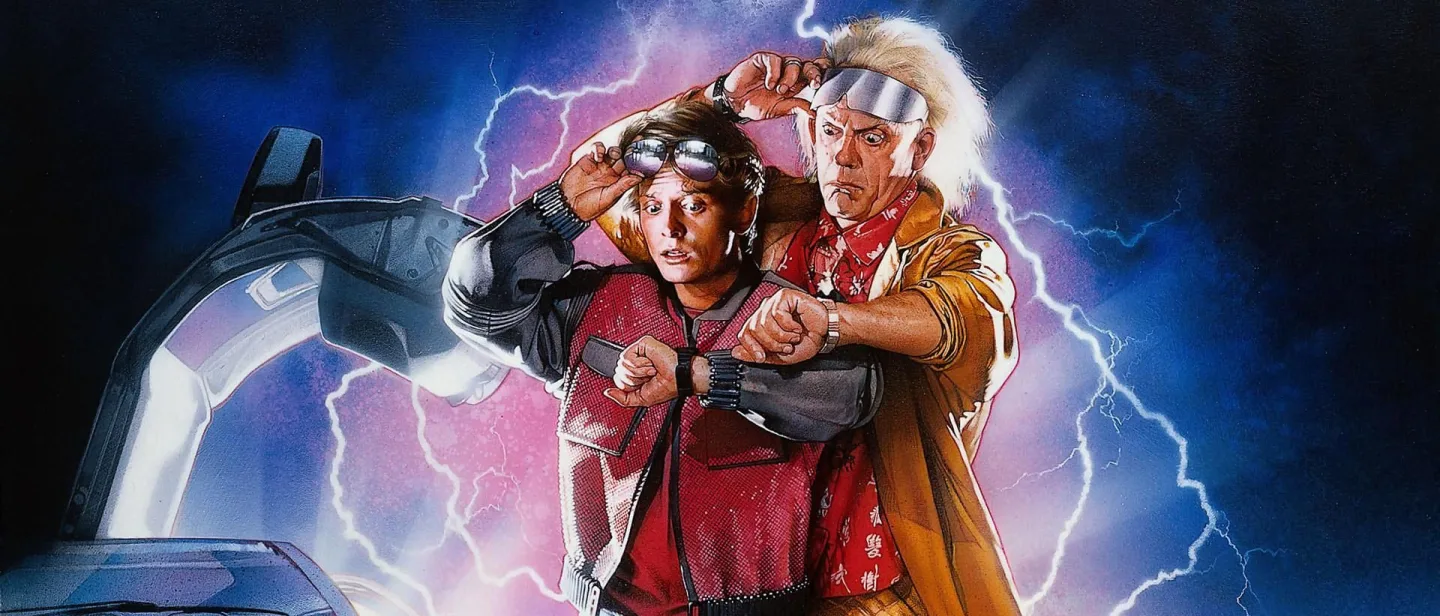


















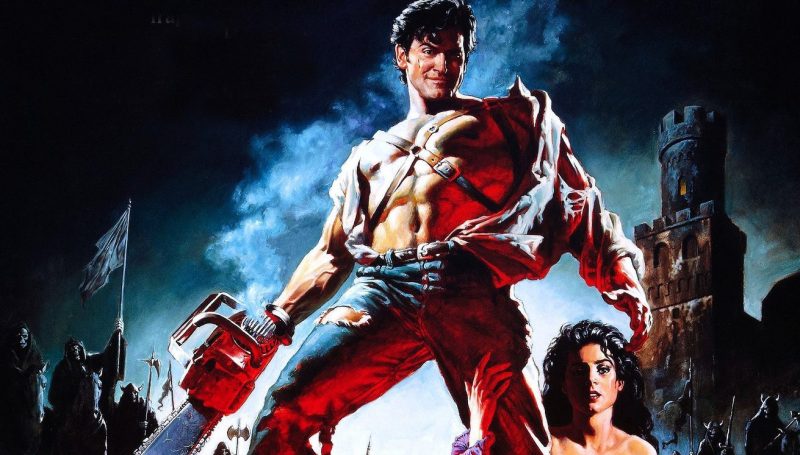


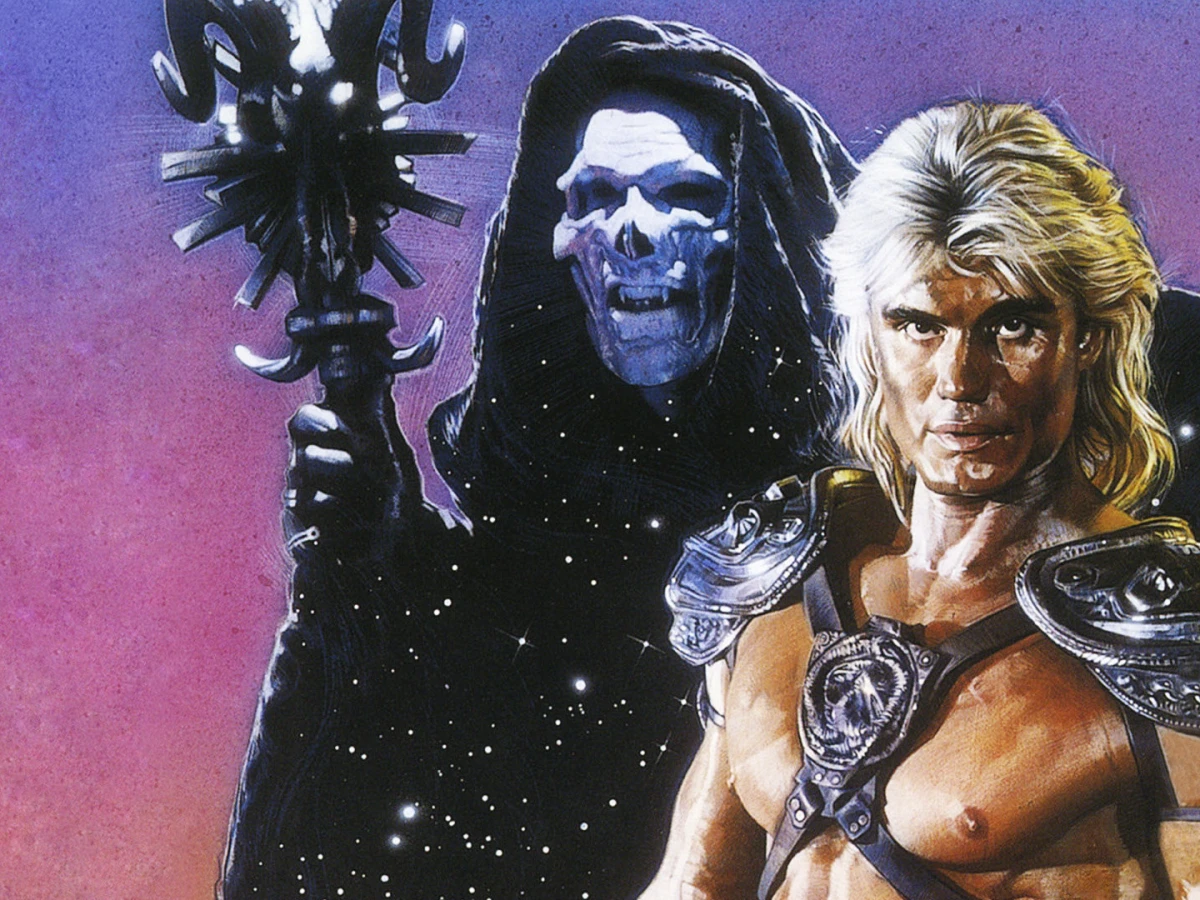
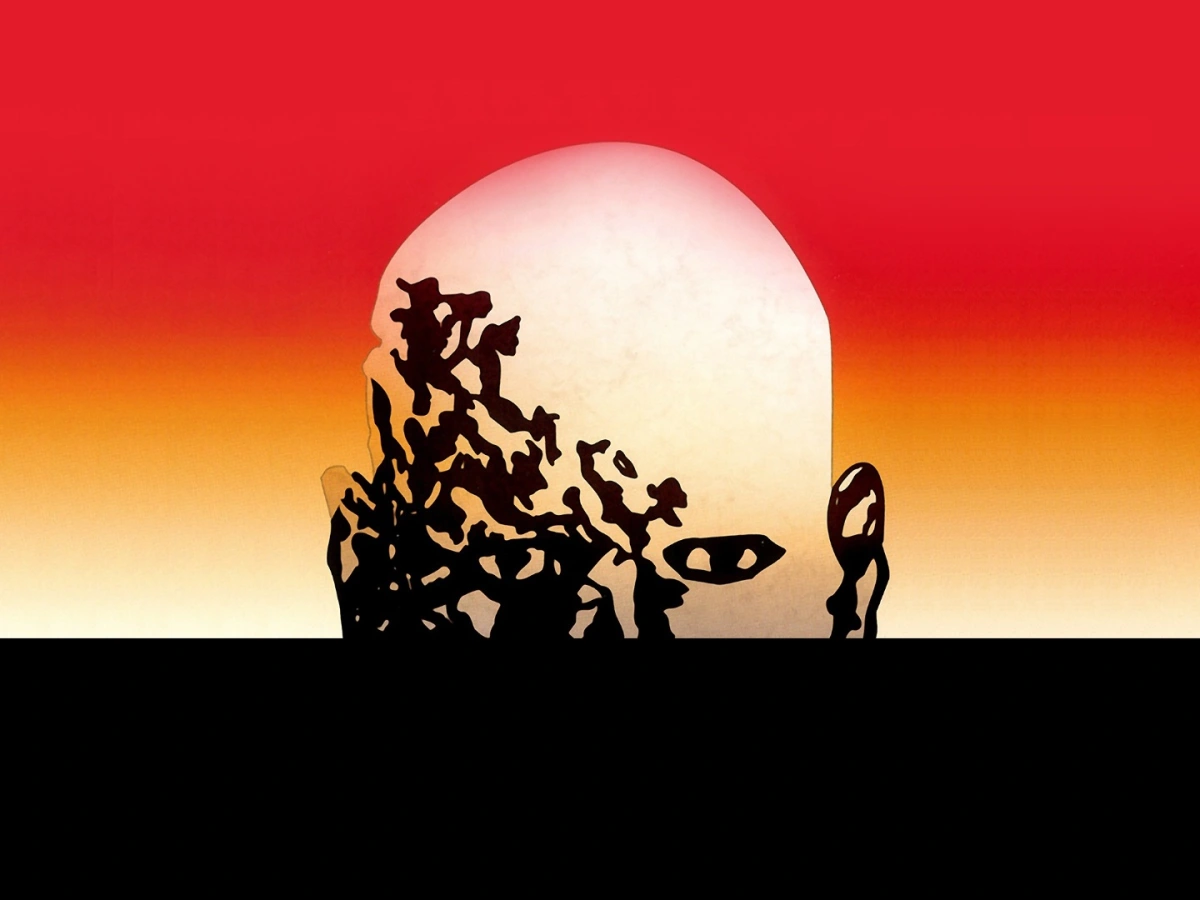





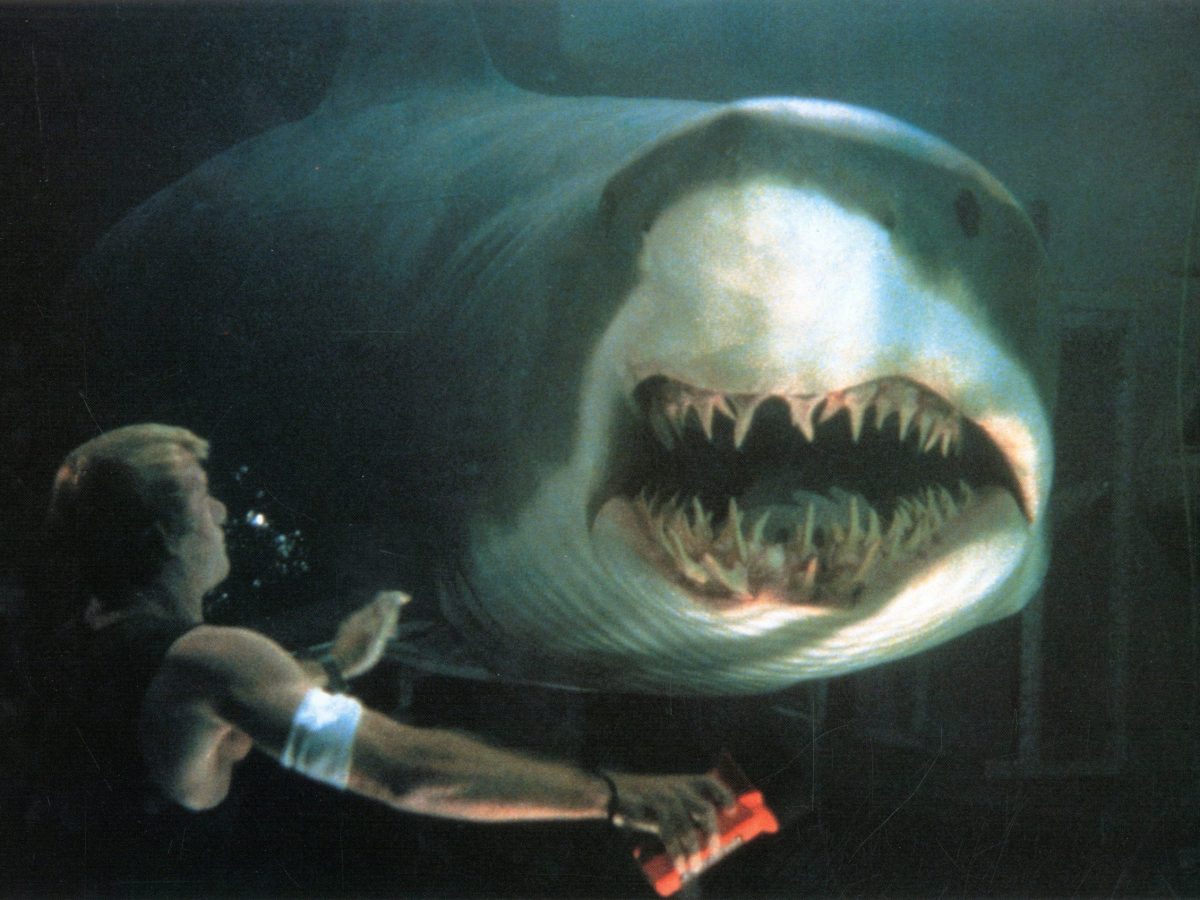




I love the Back to the Future Trilogy, they are so much fun, and always a pleasure to revisit. I remember not being much of a fan of the second film when it came out, it seemed to chaotic, but its grown on me over time. The third film is my favourite, that’s probably because I love Westerns as well! 🙂
LikeLike
Hey, Paul. Sorry for the late reply. Somehow missed this.
The third film is sooooo good, isn’t it. Some consider it the weakest but I don’t think there is a weak entry. They’re all different. And Buford is my absolute favourite Tannen.
Hey, Eastwoooood!
LikeLiked by 1 person
Cheers! 🙂
LikeLike